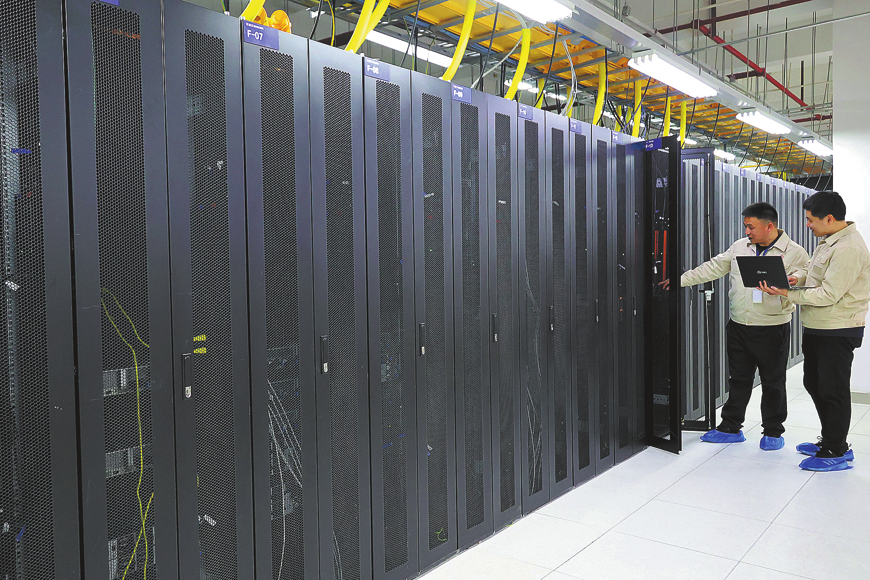US outflow from China not a concern

The United States' direct investments in China continued to drop for the first half of this year.
According to figures released by China's Ministry of Commerce, US investments in China dropped 22.32 percent year-on-year to $1.68 billion (1.19 billion euros) from January to June.
Investment from the European Union in China, however, rose 1.17 percent year-on-year to $3.46 billion from January to June. The Asia-Pacific region registered a growth of 23.88 percent to $52.53 billion.
Analysts in China have attributed the decline in US investment to the recent appreciation of the Chinese currency, the renminbi, against the greenback, saying a stronger yuan has resulted in higher exchange costs for US investors.
The strengthening renminbi is of course a concern for foreign investors, but I firmly believe that the rate hike is not an issue.
The Hong Kong dollar, which is pegged to the US dollar, has also declined in value against the renminbi. But investment from Hong Kong to the mainland jumped more than 30 percent year-on-year to nearly $40 billion from January to June.
By way of this comparison, it's clear that the change in exchange rates is not the real factor causing US investments to slide.
I've heard critics also say that the rising costs of labor and raw materials have kept US investors away from the Chinese market. But all overseas investors, not just those from the US, have to face rising costs in China. This fails to explain why, among major sources of foreign investment to China, only US investments have fallen.
So what's the real reason? The decline in US investments in China is part of the bigger picture in which US capital from overseas investments is being curtailed and flowing back home to address what I think is a potential capital shortage after the US' stimulus policies ended.
This trend is also visible in other countries and regions, such as US investments in Brazil and India.
Although there is no data to track US investments into Hong Kong, a sign of a possible capital outflow is the fact that the city's banks have increased interbank lending rates, signifying that liquidity may not be as high as it used to be.
The alleged outflow of US capital from China has happened not because China has lost its luster as a prime investment destination, it is because the US needs money to solve its own economic problems.
The need for capital becomes all the more important after recent US economic data point to a brief halt in the recovery.
The number of people who applied for unemployment benefits was 405,000 in June. It has been above 400,000 for 14 straight weeks, reflecting a weak job market.
US companies pulled back on hiring sharply this spring. The economy added only 18,000 net jobs in June, the second straight month of dismal hiring. The unemployment rate rose to 9.2 percent, the highest this year.
The author is independent financial analyst and business consultant in Shanghai.
Today's Top News
- Reunification will only make Taiwan better
- Outline of Xi's thought on strengthening military published
- Targeted action plan to unleash consumption momentum
- Separatist plans of Lai slammed
- Sinologists help to bridge civilizations
- HK unveils sweeping steps after huge blaze






























